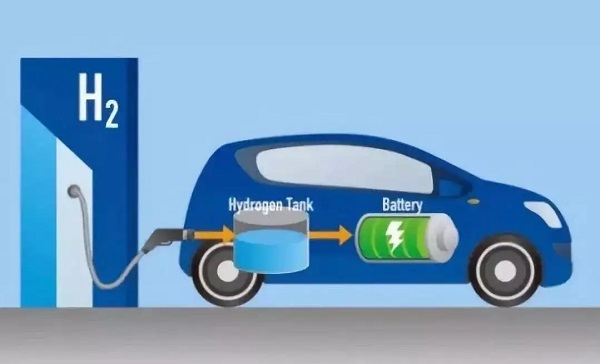The three commonly used batteries for new energy vehicles are NCM batteries, LiFePO4 batteries, and Ni-MH batteries. At present, NCM batteries and LiFePO4 batteries are more common and highly recognized by the public. So, how to distinguish whether the new energy vehicle battery is a NCM battery or LiFePO4 battery? The following is a brief introduction to the method.

For ordinary consumers, the easiest way to distinguish whether the battery is ternary lithium or lithium iron phosphate is to check the battery data in the vehicle configuration table. Usually manufacturers will mark the battery type in the battery information.
At the same time, it can also be distinguished by checking the data of the power battery system on the nameplate of the body. Models such as Chery Ant and Wuling Hongguang MINI EV have LiFePO4 versions and NCM versions.
By comparing the data on the nameplates of the two bodies, it can be found that the rated voltage of the battery of the LiFePO4 version is higher than that of the NCM version, and the rated capacity of the battery of the NCM version is greater than that of the LiFePO4 version.
In addition, compared with NCM batteries and LiFePO4 batteries, NCM batteries have higher energy density and better low-temperature discharge performance, while LiFePO4 is more advantageous in terms of life, manufacturing cost and safety. If you find that you are buying a long-endurance model, or in a low-temperature environment in winter, the endurance attenuation is less than other models, then it is most likely NCM battery, and vice versa a LiFePO4 battery.
Since the power battery pack is difficult to distinguish whether it is NCM battery or LiFePO4 battery by observing the appearance, in addition to the above methods, if you want to distinguish between NCM battery and LiFePO4 battery, you can only use professional equipment. To measure the voltage, current and other data of the battery pack.
The characteristics of NCM battery: The characteristic of NCM battery is that it has good low temperature performance, and the limit working temperature can reach minus 30 degrees. But its disadvantage is that the thermal runaway temperature is low, only more than 200 degrees, and spontaneous combustion is prone to occur in relatively hot areas.
The characteristics of lithium iron phosphate: The development history of LiFePO4 battery is relatively long. It is characterized by good stability and high thermal runaway temperature, which can reach 800 degrees. In other words, if the temperature does not reach 800 degrees, the LiFePO4 battery will not catch fire. It's just that it is more afraid of the cold, and the battery decay will be more severe in places with colder temperatures.


